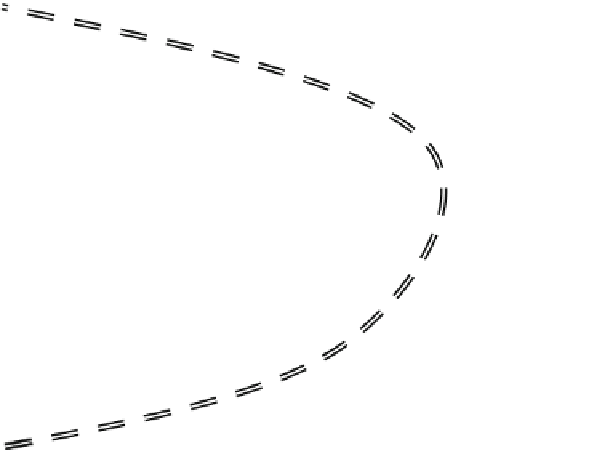Graphics Reference
In-Depth Information
Fig. 7.2
A filter model for FS
usual learning and testing process in which we obtain the predictive accuracy on test
data.
The filter model has several properties:
•
measuring uncertainty, distances, dependence or consistency is usually cheaper
than measuring the accuracy of a learning process. Thus, filter methods are usually
faster.
•
it does not rely on a particular learning bias, in such a way that the selected features
can be used to learn different models from different DM techniques.
•
it can handle larger sized data, due to the simplicity and low time complexity of
the evaluation measures.
7.2.3.2 Wrappers
One can think that the simplest form of FS consists of engaging a classifier as an
evaluator method for deciding the insertion or deletion of a certain feature in the
subset, by using any metric for predictive performance. The aim is straightforward;
to achieve the highest predictive accuracy possible by selecting the features that
accomplish this for a fixed learning algorithm. This model is the so called the
wrapper
model.
In other words, the wrapper approach [
23
] uses a learning algorithm as a black box
together with statistical validation (CV for example) to avoid over-fitting to select
the best feature subset, agreeing on a predictive measure.




























































